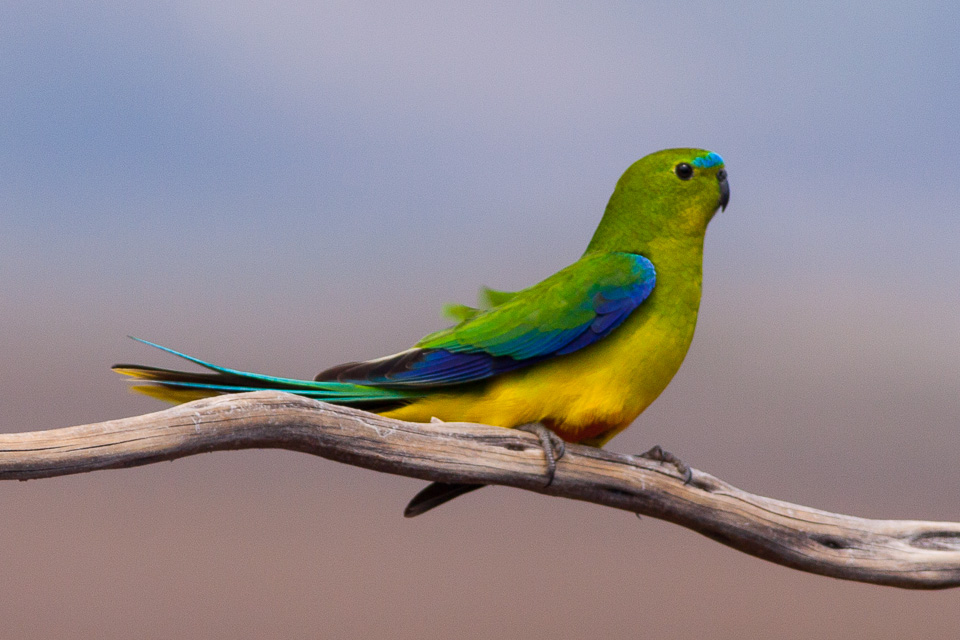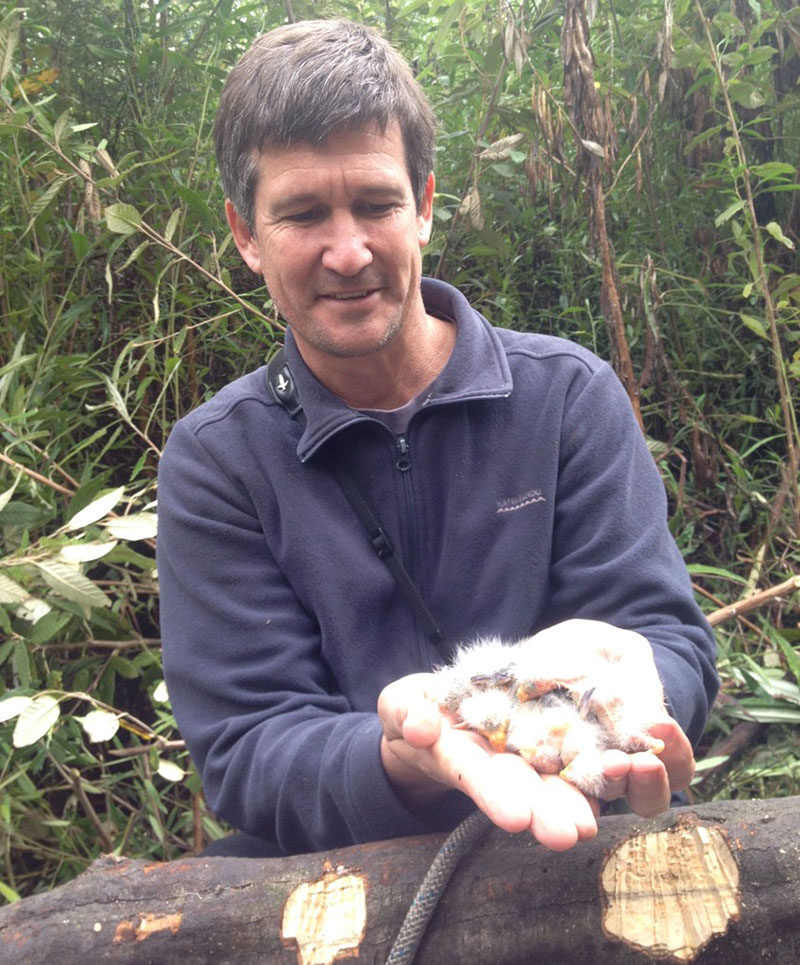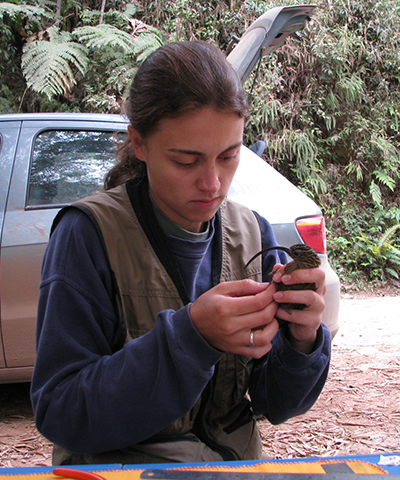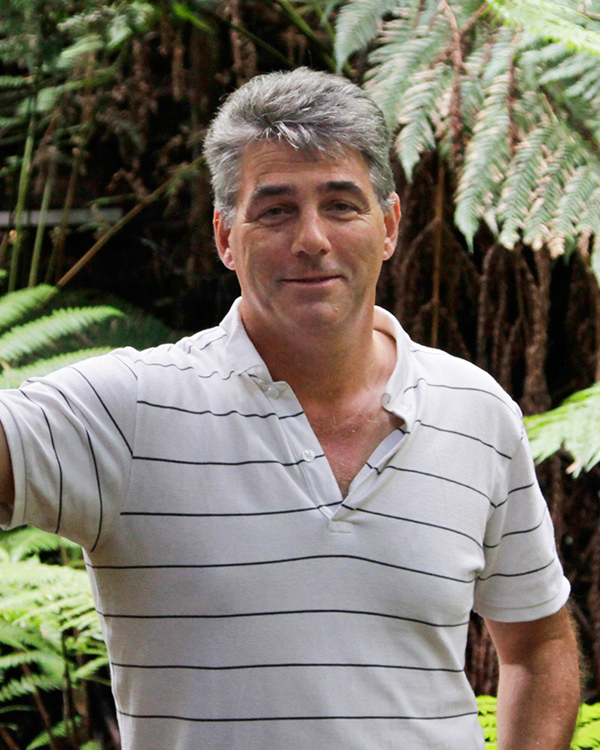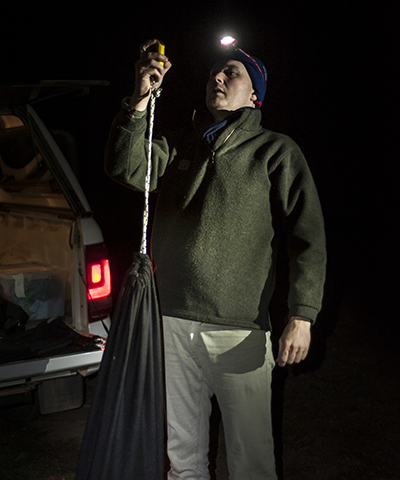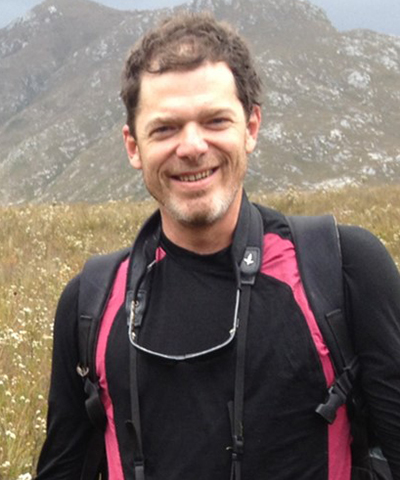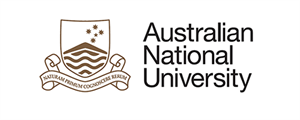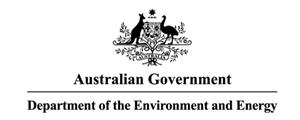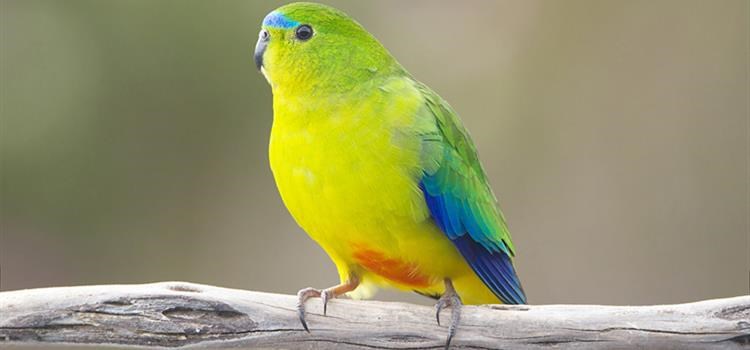
Why is the research needed?
The orange-bellied parrot is one of Australia’s most threatened species. In the past few decades they have undergone catastrophic declines, and are now listed as critically endangered.
They breed in the rugged Tasmanian Wilderness World Heritage Area before migrating to the southern coastline of mainland Australia for the winter. The species depends on tree hollows for nesting, but these trees must occur near coastal moorland where the herbs and seeds they need for food occur.
Orange-bellied parrots migrate to coastal saltmarsh in mainland Australia in winter, but these habitats have been dramatically degraded or cleared since European settlement. Because the species has been in decline for decades, a captive population was established to act as insurance against extinction. Captive bred birds have been released into the wild for decades, but this has failed to stem the species decline.
Tiny population size, with less than 50 remaining wild birds, is the biggest problem the species now faces. There is also a lot of uncertainty about the causes of their decline. The last breeding ground of the orange-bellied parrot is Melaleuca, in remote and rugged southwest Tasmania.
Sadly, without new conservation methods, the extinction of orange-bellied parrots is likely. 
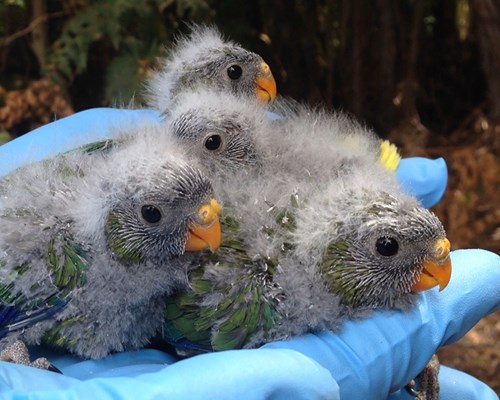 Orange-bellied parrot chicks bred in the wild during the project. Photo: ANU
Orange-bellied parrot chicks bred in the wild during the project. Photo: ANU
How will the research help?
Our research and experimental interventions are aimed at increasing the population of wild orange-bellied parrots, in particular by increasing the number of wild chicks that survive and successfully complete a migration season. We will also identify critical remaining habitat and sites for translocation and establishment of new populations, which is an important insurance strategy for the species.
We are also investigating the risk that sugar gliders pose to orange-bellied parrots across their historic breeding range. This information is crucial in long-term planning for orange-bellied parrot recovery because establishing a second population can only occur in locations where orange-bellied parrots are safe from sugar gliders.
We are working closely with Tasmanian government agencies, including policy makers and conservation managers.
What research activities are being undertaken?
Using approaches developed and implemented successfully for other species, we propose to undertake an emergency intervention. We will use intensive approaches to boost the nest productivity of individual wild orange-bellied parrots, in order to increase the number of wild-bred individuals.
We propose to:
- Develop, implement and review techniques for increasing number of babies per year in underperforming wild breeding females by supplementing clutches with eggs sourced from the Department of Primary Industries, Parks, Water and Environment captive insurance population.
- Add and swap nestlings from captive to wild broods, to boost wild brood sizes and to address sex ratio imbalance.
- Undertake other emergency interventions such as removal of abandoned eggs and struggling, ill or abandoned nestlings, and supplementary feeding of nests with large broods.
- Map and evaluate critical orange-bellied parrot habitat for establishment of new wild populations.
- Survey historic locations for potential unknown populations of orange-bellied parrots, and the presence/absence of sugar gliders.

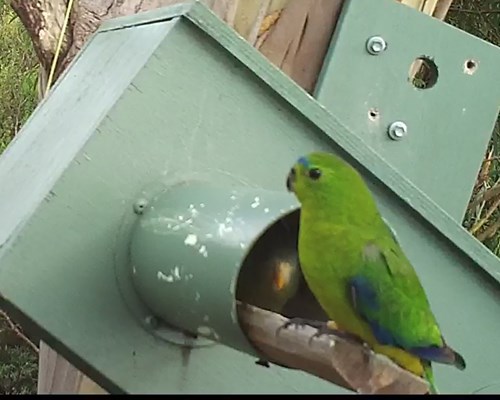 Orange-bellied parrot in front of a nestbox with a young parrot emerging. Photo: ANU
Orange-bellied parrot in front of a nestbox with a young parrot emerging. Photo: ANU
Who is involved?
The Australian National University is leading the research in collaboration with the Tasmanian Department of Primary Industry, Parks, Water and Environment.
Research findings will be communicated to these agencies quickly to facilitate fast adoption of conservation actions for this rapidly declining species.
Where is the research happening?
The research will take place in south-west Tasmania including world heritage-listed areas.
When is the research happening?
This project began in 2015, and will continue until December 2020.
Further information
For more information contact:
Dr Dejan Stojanovic - dejan.stojanovic@anu.edu.au
Top image: Male orange-bellied parrot. Photo: JJ Harrison CC BY-SA 3.0 wikimedia commons
